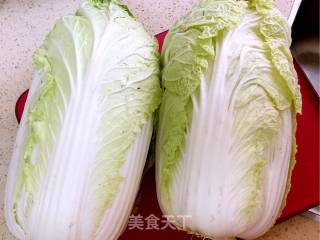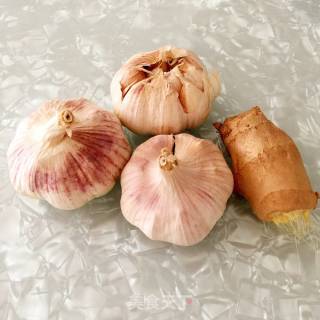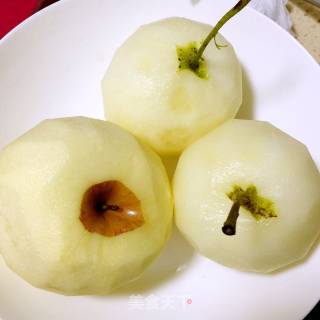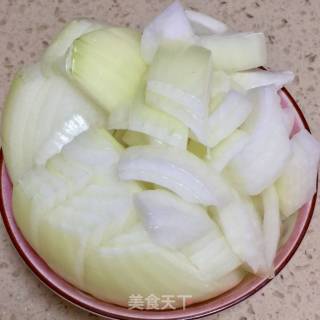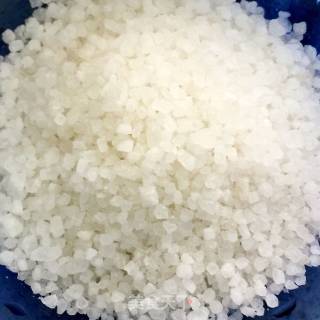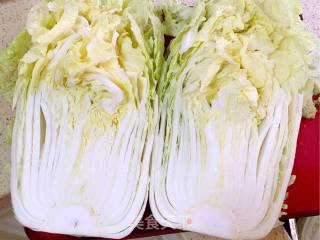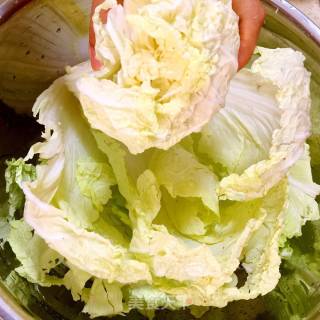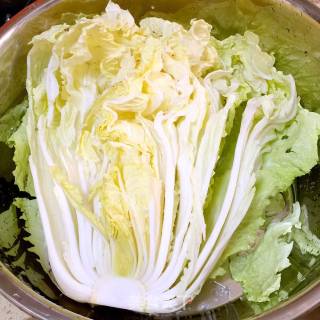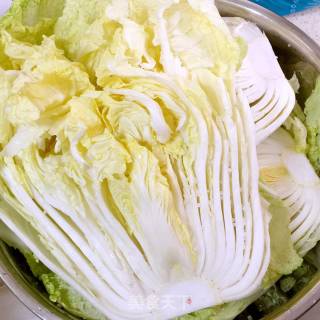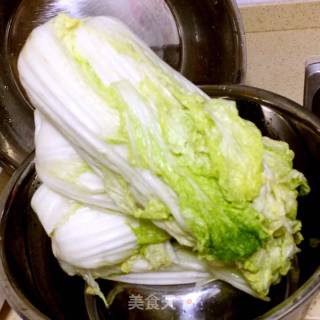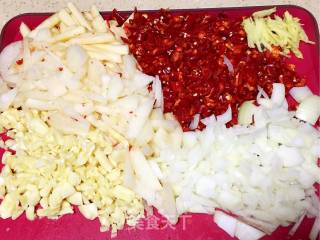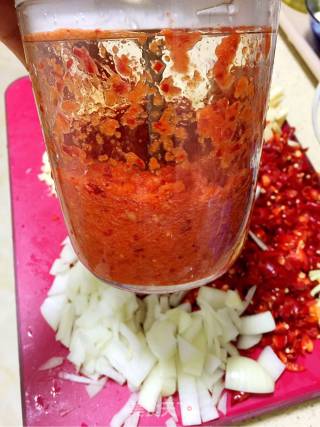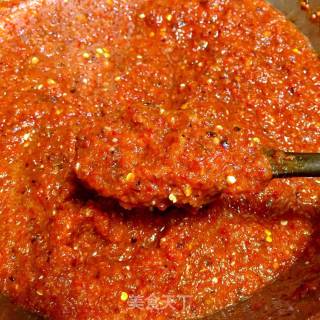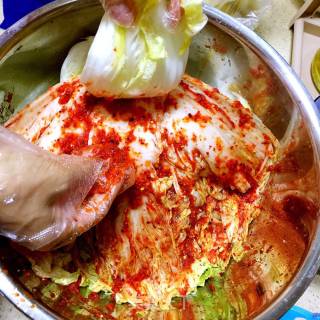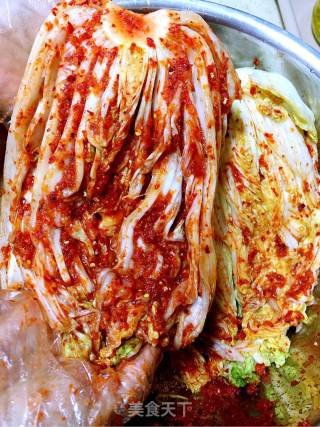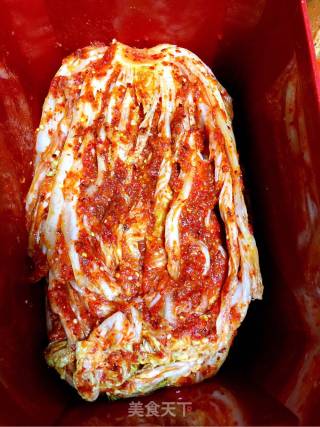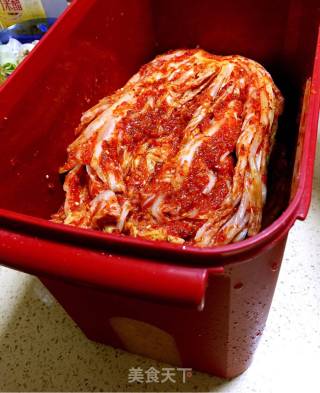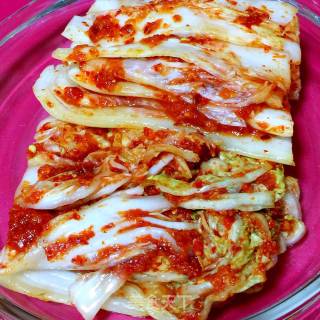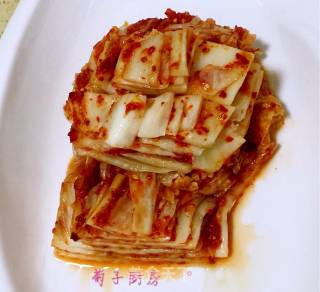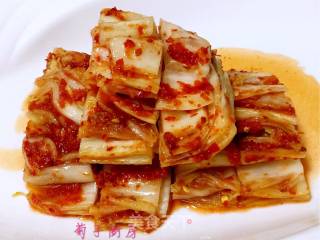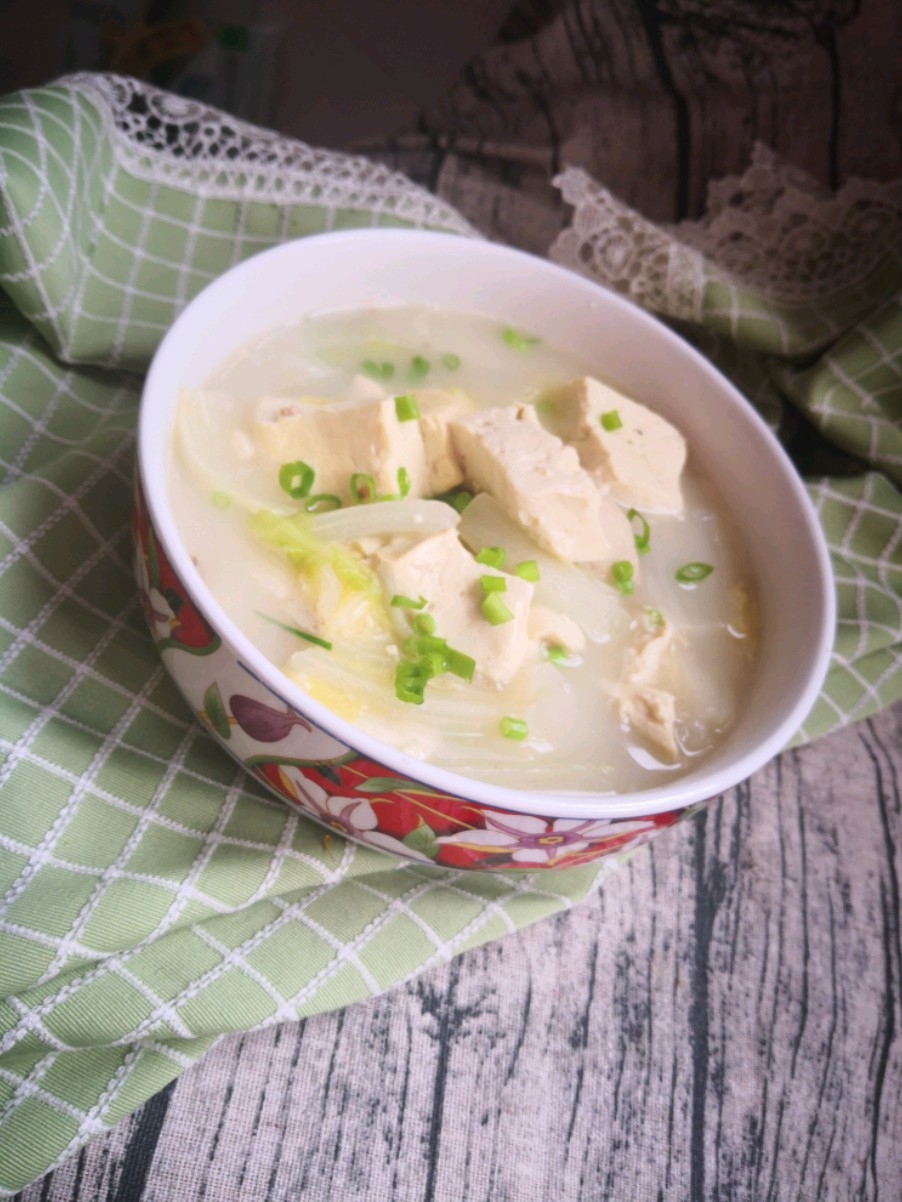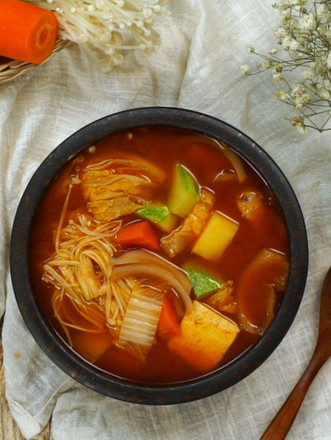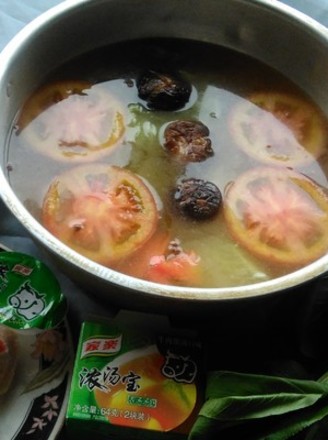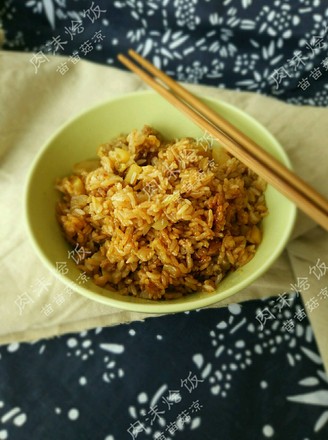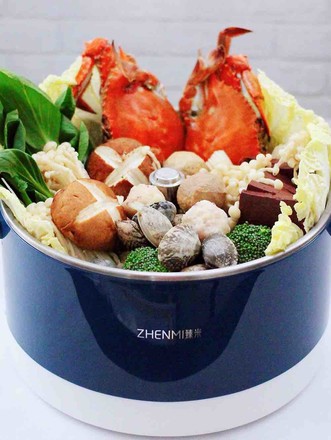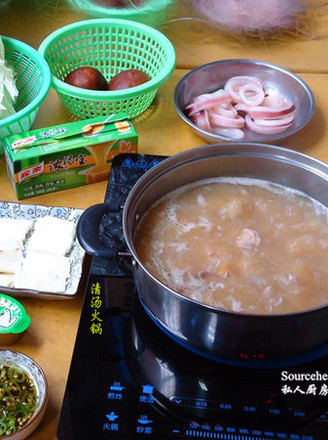Kimchi
by Kikuko Kitchen
Favorite
Difficulty
Normal
Time
2h
Serving
2
Spicy cabbage (Kimqi in Korean) is a traditional Korean fermented food, which is spicy, crisp, sour, sweet, white and red in color, suitable for all seasons. It is usually eaten with rice.
Cabbage is rich in crude fiber, which not only moisturizes the intestines, promotes detoxification, but also stimulates gastrointestinal peristalsis, promotes stool excretion, and helps digestion. On the prevention of colorectal cancer have a good effect.
Spicy cabbage is not afraid to put it. When it is sour, you can stir-fry pork belly, fried potato chips, spicy cabbage fried rice, pork ribs stewed with spicy cabbage, you can also make dumplings and buns, and you can make too much. . "
Cabbage is rich in crude fiber, which not only moisturizes the intestines, promotes detoxification, but also stimulates gastrointestinal peristalsis, promotes stool excretion, and helps digestion. On the prevention of colorectal cancer have a good effect.
Spicy cabbage is not afraid to put it. When it is sour, you can stir-fry pork belly, fried potato chips, spicy cabbage fried rice, pork ribs stewed with spicy cabbage, you can also make dumplings and buns, and you can make too much. . "


